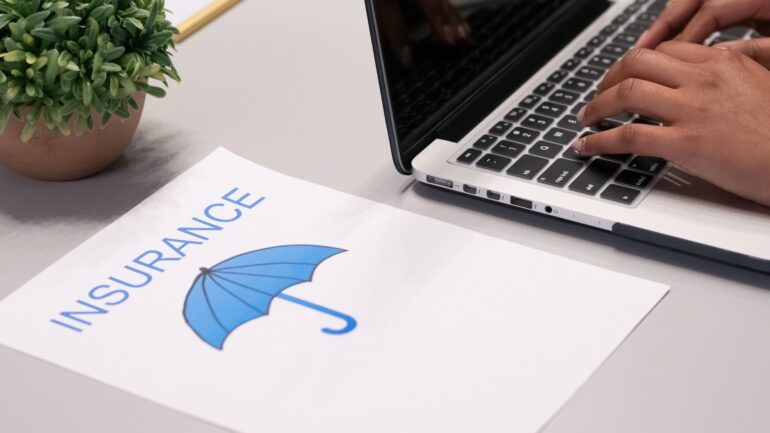Personal property insurance covers all your possessions inside and outside your home. It can cover items in your garage, car, hotel room, or work office, among other places. The policy will protect your items from perils listed in your policy, including fire, wind, hail, and vandalism.
Actual Cash Value
When shopping for personal property insurance, you may want to check into what is known as the actual cash value of your policy. This value is based on the replacement cost of your property minus depreciation if any. For example, your insurance company, such as https://www.kin.com/home-insurance/coverage-c, will calculate the replacement cost if your property is damaged or stolen. You will be reimbursed for this amount, less any depreciation.
Actual cash value insurance policies are available from most major insurance companies. This coverage is based on internal data collected by the insurance company. If you feel the ACV amount that your insurance company is offering is too low, you should contact your insurance carrier to discuss your options. You can also use an actual cash value depreciation guide to determine how much your personal property has depreciated since you purchased it.
The value of nearly everything decreases over time. Even the newest television shows signs of wear and tear, and the couch gets soiled with grape juice. While it’s tempting to replace these items with newer models, the fact is that the value of used things usually decreases. Economists and insurance adjusters using math, estimate this depreciation. As a rule of thumb, the older an item is, the lower its actual cash value is.
Replacement Cost Value
Personal property insurance can help protect your investment by covering the costs of replacing damaged or destroyed items. Some types of policies cover the cost of rebuilding a damaged home, and others cover the cost of purchasing similar items. However, a replacement cost policy may not cover all costs of repairing or replacing items, so it’s important to check with your insurance agent.
In addition to homeowners insurance, personal property insurance is another insurance policy that will compensate you for damage or loss to your belongings. Personal property insurance may pay for damaged items based on the replacement cost value or actual cash value. The provisions of a homeowner’s policy will usually specify what happens if personal property is damaged or stolen. A replacement cost policy will pay to replace damaged items with a comparable one without deducting the depreciation value. In contrast, an actual cash value policy will pay the cost of replacing an item minus depreciation.
If you need to replace a couch or television, you can easily find an online estimate for the cost of a similar model. However, a home is more complicated to replace. It is hard to estimate the materials and labor required to rebuild it. Not to mention, replacement costs do not cover the home’s land value. However, some replacement cost policies cover expenses like hotel expenses.
Sub-Limits
Sub-limits are the maximum dollar amounts a homeowner can lose in a covered event. Sometimes, these limits can be set for items like gun collections, sports memorabilia, and business property. It is important to discuss these limits with your insurance agent to ensure that you have adequate coverage for your personal property.
For example, an HO-3 policy may cover up to $50,000 in personal property coverage but may only pay out $2500 in case of theft of $5,000 in jewelry. This coverage limit is much lower than a homeowner’s home insurance deductible. In cases where an item is worth more than that, homeowners can often increase their sub-limits through an endorsement.
Homeowners’ insurance policies also have sub-limits on certain categories of personal property. For example, the total limit is $100,000, but the sub-limits on certain items differ from others. Again, these sub-limits vary depending on the insurance company, state, and product.





